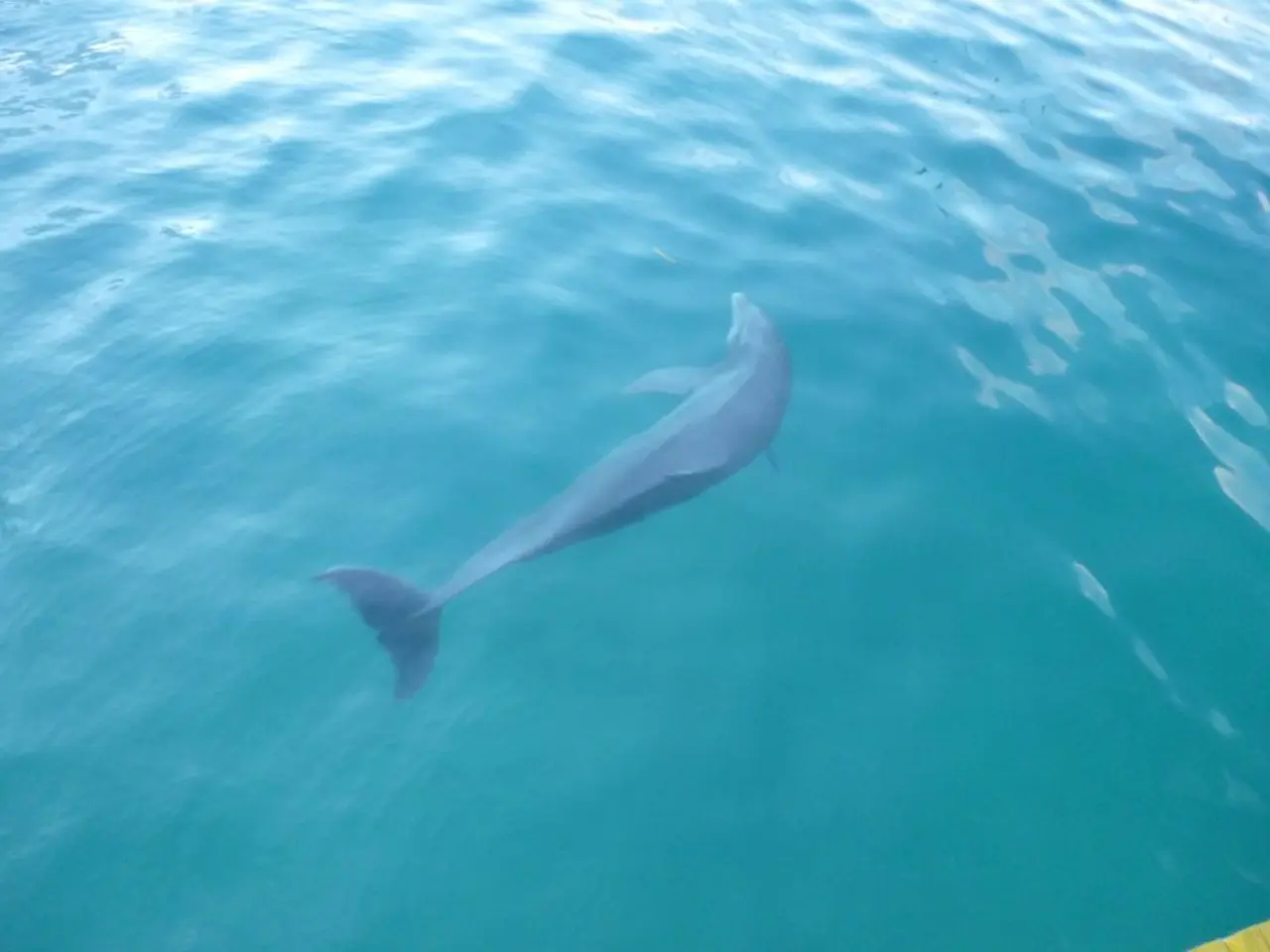Report on Maritime Mammal Strandings in the United States during the Years 2022 and 2023
In the United States, the public plays a vital role in the conservation of marine life through a simple yet significant action: reporting stranded marine mammals. This process is facilitated by NOAA Fisheries, which provides specific procedures and contact information for individuals to follow.
When encountering a stranded marine mammal, it's essential to maintain a safe and legal distance to avoid disturbing the animal or putting oneself at risk. Photos and videos from a distance can provide valuable information to Stranding Network responders.
The Stranding Network, a key component of the Marine Mammal Health and Stranding Response Program, relies on these public reports to save distressed marine mammals and understand the causes of injuries and mortalities. The annual stranding reports, such as the recently released 2022 and 2023 Combined Report, offer valuable insights into stranding rates, trends, and activities of cetaceans (whales, dolphins, and porpoises) and pinnipeds (seals, fur seals, and sea lions) across the nation.
The reports, which form part of a series, are an essential resource for scientific information, management tools, and decisions, as well as law enforcement investigations. In 2022, there were 6,061 confirmed strandings, while in 2023, the number increased to 6,648—figures that are comparable to the 16-year (2006-2021) average.
To report a stranded marine mammal, contact your regional or national hotline, such as NOAA's regional hotline at 866-755-6622, or a local stranding network like Mystic Aquarium Stranding Hotline at 860-572-5955 for dolphins, porpoises, seals, and sea turtles. For large whales, also contacting the U.S. Coast Guard on VHF Channel 16 is recommended.
When reporting, provide the most important information including the date and time, exact location (latitude/longitude if possible), number of animals involved, their condition (alive or dead), species identification if known, and any relevant photos or videos from a safe and legal distance.
It's crucial to maintain a safe distance and avoid direct contact with stranded marine mammals due to legal requirements and potential health risks. Only trained and authorized responders should approach or handle them. If you observe right whales specifically, maintain a 500-yard distance as mandated by NOAA regulations, and use the hotline or apps provided to report sightings to assist conservation efforts.
In summary, reporting a stranded marine mammal involves contacting the appropriate authorities with detailed information safely backed by observations and images, while maintaining a safe distance and avoiding direct contact to protect both yourself and the animal. Your actions can make a significant difference in marine conservation efforts.
Science plays a crucial role in understanding the health and wellness of marine mammals, with environmental science providing valuable insights into the causes of injuries and mortalities. By reporting stranded marine mammals and providing detailed information, the public can contribute to scientific research and conservation efforts.
The annual stranding reports, such as the recently released 2022 and 2023 Combined Report, offer essential resources for scientific information, management tools, and decision-making in marine mammal conservation and law enforcement investigations. These reports show that the number of stranded marine mammals in the United States has been consistently high, with 6,061 confirmed strandings in 2022 and 6,648 in 2023—figures comparable to the 16-year average.




